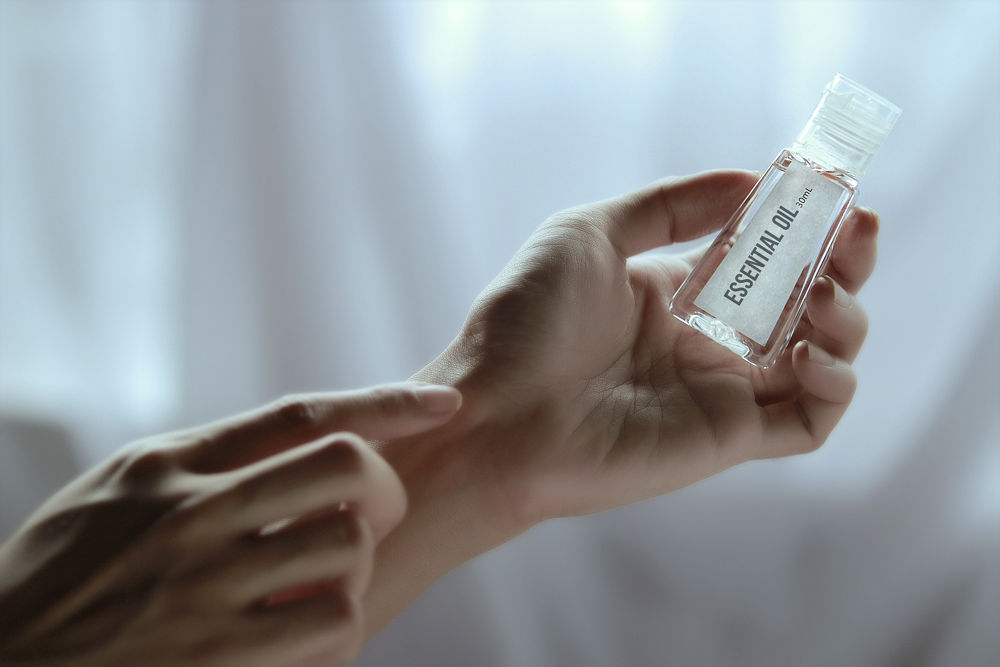Though it’s better now than when I first started giving anesthesia (ahem, in 1987), postoperative nausea and vomiting (PONV) is still a top concern for surgical patients, as well as the staff caring for them.
These days we have better drugs. We’ve also become smarter when it comes to anesthesia: By limiting narcotic use, sensibly titrating reversal agents and using just enough IV fluid, our ability to minimize PONV has certainly improved. But it still happens plenty, resulting in discomfort and dissatisfaction all around.
Many healthcare workers (myself included) have embraced complementary therapies to help relieve nausea, in the operating room and beyond. These methods include p6 acupressure, therapeutic inhaled essential oil blends (such as the ones we use in QueaseEASE), guided imagery, and distraction techniques. Once dismissed as hippie quackery or just a little ‘out there’, these techniques have gained acceptance and credibility within the medical field, with more and more studies, research and happy patients to substantiate their effectiveness.
Even so, trying to introduce these modalities into your healthcare facility may prove to be a challenge. Many nurses who have left a conference clutching the latest complementary therapy for nausea, excited about introducing it into his/her facility, are met with what I call the number one hurdle, right in their own department: The Naysayer.
Most nursing units have at least one individual who, despite being perfectly intelligent, educated and experienced, perpetually opposes anything new or innovative. It sometimes feels like they closed their minds along with their textbooks on graduation day.
Even though naysayers routinely stifle improvements in patient care, they generally see themselves as well-intentioned crusaders simply trying to preserve the status quo. Their opposition can range from a few negative comments to outright guerrilla warfare tactics, but don’t let that make you lose hope.
Here are some effective strategies for overcoming opposition in your department:
- Ask the naysayer to write down all their objections. This will provide acknowledgment of their concerns while giving you the opportunity to gather and present the needed factual information to overcome their challenges.
- Schedule an in-service. Having an expert speak to the group about new and innovative techniques for dealing with pervasive departmental problems, such as nausea, works to generate enthusiasm, even among the naysayers.
- Conduct a small study. Since many nursing departments participate in continuous quality improvement initiatives, this is an ideal opportunity for introducing a complementary therapy. A questionnaire tracking efficacy or patient satisfaction is a simple, but powerful way to provide valuable, department-specific proof to the naysayers as well as to the administrators who will ultimately approve the new product.
Being a champion of a complementary therapy in the conventional healthcare setting has its challenges. By using a few simple strategies and being persistent, many nurses have been able to bypass the naysayers and put these useful and effective products directly into the hands of grateful hospital patients across the US.
For information about Soothing Scents products, such as QueaseEASE and the DuoBAND nausea management system, please see our medical page.

